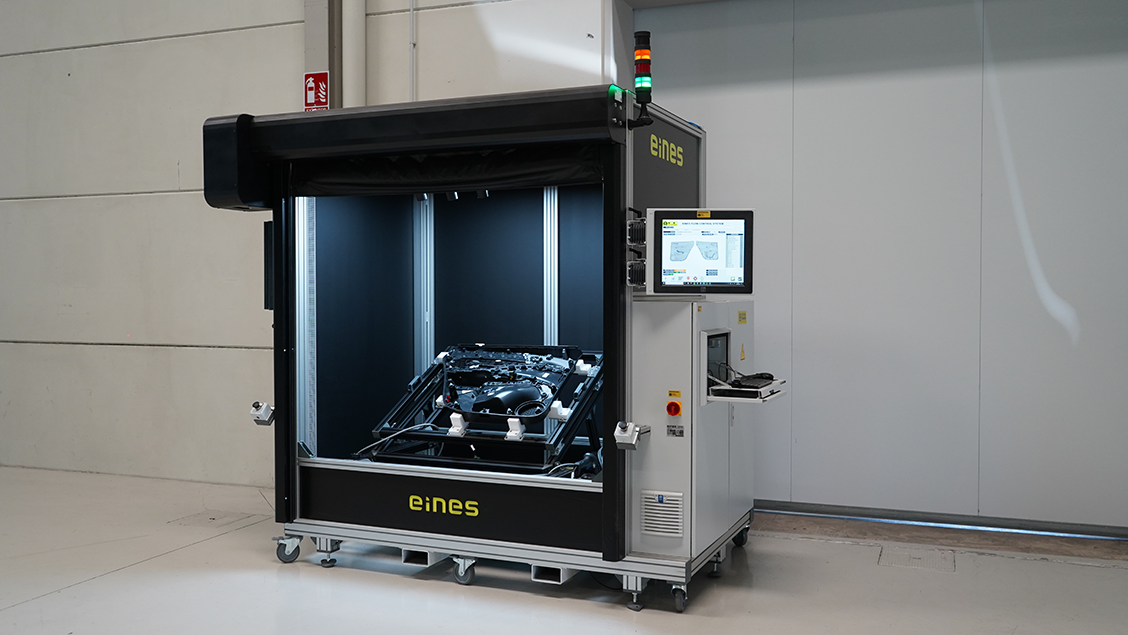Explore breakthroughs in door manufacturing for automotive excellence.
In the Automotive manufacturing world, each component plays a crucial role in the vehicle’s safety, performance, and aesthetics. Therefore, we will delve into the process of automotive door manufacturing and analyse the specific challenges manufacturers face at each stage, from material selection to final quality testing.
Material Inspection
The quality of materials used in door manufacturing is paramount to the structural integrity and durability of the component. However, detecting metal inclusions and accurately assessing chemical composition can be challenging. Even minor imperfections can compromise vehicle safety, underscoring the importance of meticulous inspection at this stage.
Precision Assembly and Adjustment
Precise assembly and adjustment ensure doors operate smoothly and fit perfectly to the vehicle chassis. Consequently, ensuring accurate assembly of each component in its designated location is paramount. In other words, any misplacement of this crucial part could compromise the overall integrity of the product. Misalignment of exterior and interior panels and calibration issues in opening and closing mechanisms can result in poor performance or even catastrophic failures under real-world conditions.
Rigorous Performance Testing
Next, performance testing is integral to the door manufacturing process, ensuring safety and durability in various conditions. However, laxity in these tests can lead to potential defects going undetected, jeopardising the safety of vehicle occupants and resulting in costly warranty claims.
Traditional Visual Inspection
The human eye inspection has been a resource that has helped manufacturers further reduce error margins during fit-and-finish inspections. The term “fit” encompasses the correct assembly of components and precise alignment of parts, while “finish” pertains to surface imperfections such as paint defects, scratches, and dents, among other factors.
However, this type of traditional inspection has drawbacks, such as visual fatigue, limitations in detecting small defects, cognitive bias, inconsistency among inspectors, and speed. These increase the margins of error in factory defects, which can lead to claims, returns, warranty expenses, and possible customer loss.
And last but not least…
To conclude, we must ask ourselves…
What is the most optimal and efficient solution to address these issues in a SMART WAY?
To answer the question, we INVITE YOU to our online seminar and masterclass, “STAY AT THE FOREFRONT IN AUTOMOTIVE INTERIOR PARTS QUALITY CONTROL.”
Register now using the link/button below.
Webinar Link
We look forward to your participation; don’t miss this opportunity.
Limited slots available*






